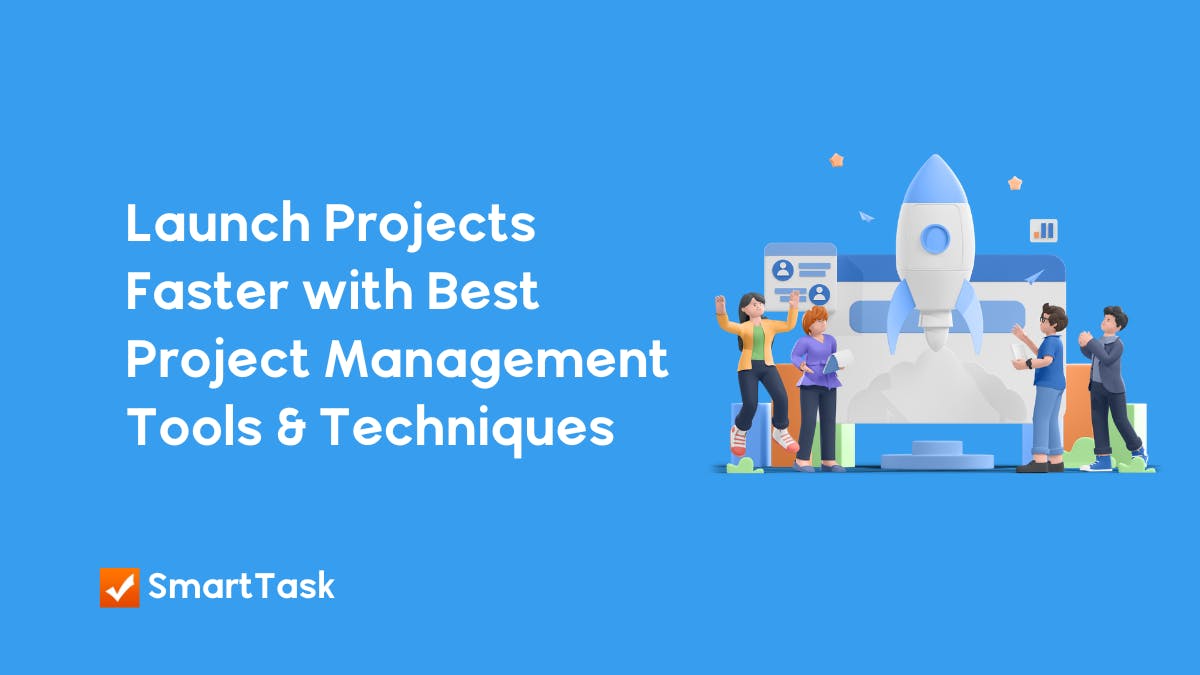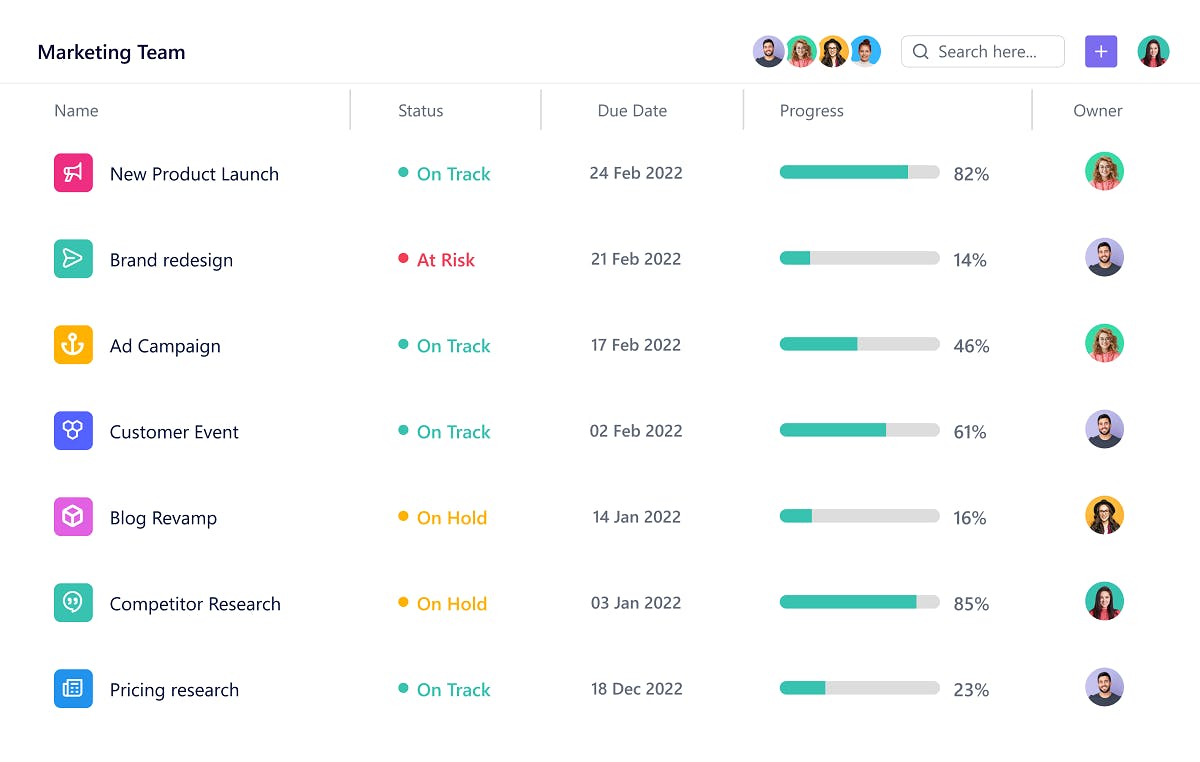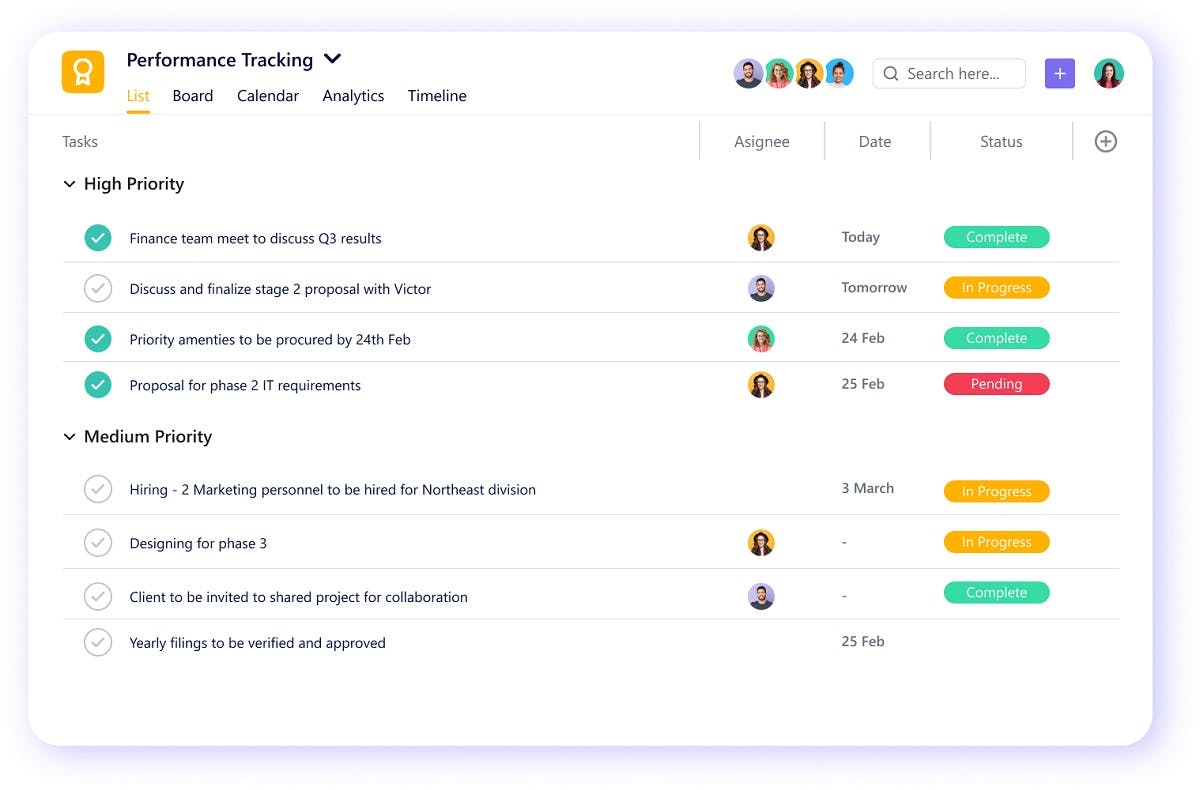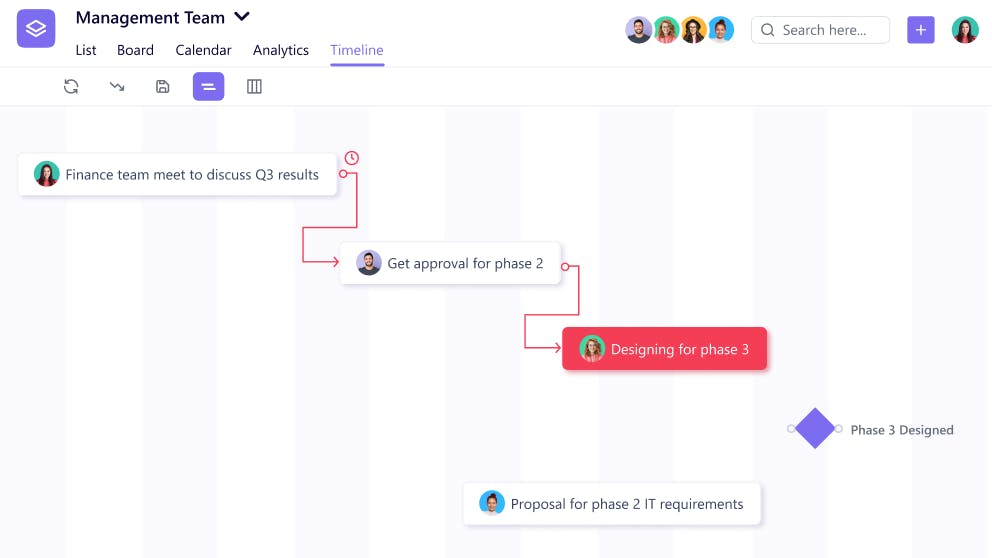Contents
Best Project Management Tools and Techniques for Project Managers
By Aastha ShawNov 22, 2022

All project managers have one problem statement– ‘how to launch projects faster?’
In today’s high-paced world, project managers can be seen chasing multiple goals and collaborating with diverse teams. It’s real chaos in the business world and anyone working on multiple projects without a good project management tool or technique can find himself in a tough spot, sooner than later.
Finding project management tools and techniques that work for you and your team is crucial to ensure that you are able to maximize output without denting the organization’s budget and/or manpower.
In this article, we’ll share the most workable project management techniques that prove to work well for businesses, teams, and even people across industries and verticals.
And, further, we would elaborate on project management tools that deliver performance, productivity, and transparency at work.

Why Do You Need Project Management Tools and Techniques?
Project management tools and techniques are essential for any project manager seeking to plan, execute and deliver successful project outcomes. Using them effectively helps teams with project scope management, identifying bottlenecks, reducing risks, lowering costs, and increasing productivity.
Editor's Note
The Internet has changed the way we work and deliver work. Zeroing on any one technique by reading blogs may not cut it in today's fast-paced environment. I'd suggest splitting teams into small groups and running an A/B Test to find out which Project Management Techniques work best for your projects.
Sonal Mehta, Content Marketing Manager at SmartTask
Project Management Techniques
Project Management Techniques play a significant role in the development, execution, and completion of a project. Over the years a lot of organizations have deployed and tested various techniques to meet success criteria, and we’re just fortunate enough to learn from their experiences and outcomes.
Ultimately, your decision to choose any particular technique or a combination of project management techniques would depend upon countless factors such as project requirements, complexity level, and the qualification of the team.
Below we have stated some of the important project management techniques and which teams or scenarios they are suitable for.
1. Classic Technique
The classic methodology is ideal for small projects and teams. This strategy is based on distributing resources to the appropriate tasks. This crystal-clear approach offers a common understanding of the project route, resulting in improved project procedures and outcomes.
You can implement this technique in the SmartTask app, where you can create tasks for your teams, add descriptions of the task, attach necessary files, assign deadlines as well as add people who you think should be following the task for better tracking. You can also set priorities for each task on the basis of urgency and/or dependencies.

2. Waterfall Technique
Waterfall or linear technique entails tasks that flow in a chronological pattern, similar to a waterfall. In this case, you can't start a new phase until the preceding one is finished, and you can't go back to a previous step without restarting the project. Thus, it is suited for projects where the goals and requirements are clear and well-analyzed.
Use Gantt Charts in SmartTask to monitor progress as well as tackle dependencies and bottlenecks. You can even predict project risks and prompt solutions on the task itself.

3. Agile Project Management
This technique essentially breaks down large project milestones into shorter sprints, which aids in a deep review of the entire process during the development stage. This extensive analysis aids in successful and adaptive planning in response to the project's needs and changes as it takes shape.
A majority of Agile teams use Scrum and Kanban workflows, but Scrum is the widely used one when it comes to implementing agile workflow in project management. With SmartTask, you can easily create Stories, Features, and Backlogs whilst keeping everyone on the same page to complete the development process with ease.
4. Rational Unified Process (RUP)
It is an object-oriented model specially designed for software development projects. RUP prescribes implementing a sequential or iterative development approach similar to the waterfall technique, but with a slight difference. Here, feedback is collected for the enhancement of the project in all future iterations, and adjustments are obtained from actual product users.
5. Program Evaluation and Review Technique (PERT)
This technique aids in estimating the time required to finish a project. Providing the project with thoroughly planned scenarios allows the development team to accurately depict the entire process and its results on PERT charts. It helps teams keep track of developmental activities and identify flaws. But since PERT Charts are mostly hand-drawn, most project managers prefer using flexible techniques like Gantt Charts that can be quickly reviewed and updated throughout a project.
6. Critical Path Technique
The best methodology for accurately scheduling project operations by determining the shortest path to completion. The technique entails determining which activities are on the important path and which must wait for other key activities to begin. This assists in determining the best potential path to completing a project on time.
7. Critical Chain Technique
It is an updated version of the Critical Path Method. As it focuses on task orders and scheduling, it suggests a more relaxed approach to allocating resources to different project activities and a greater focus on analyzing how the team spends their time on different project tasks.
SmartTask can help you ease critical chain scheduling with Project Timeline. It helps you understand the hierarchy of tasks, keep track of what happens and when enhance team communication as well as give insights into whether the project is going as per plan.
Start your project journey right with the best project management tool!
Looking for a tool that enables everything from project planning to project execution and monitoring—all under one roof?
Then, SmartTask is undoubtedly your best bet!
This award-winning, highly user-friendly tool is designed to suit the needs of organizations of all sizes and teams for all industries. It offers multiple views, customizations, real-time collaboration, and tons of robust functionalities that support most of the above given Project Management techniques.
Furthermore, unlike other Project Management tools, SmartTask has an in-built CRM that, along with project management features, makes client and sales management easier and more effective.
Key features:
- Project portfolio planning for an easy project and team progress tracking
- Project baseline, timeline, and critical path to move stick on the track
- Workload view for effective resource allocation
- Automation for repetitive tasks and better performance
- Time tracking, estimates, and billable hours to stay within budget
- Real-time collaboration with comments, mentions, chats, VoIP, and video meet
- Newsfeed and automated check-ins to save hours of standup
- Customizable project management templates to kick-start projects
- Seamless integrations to achieve almost everything from a single platform.
Best for: Individuals, startups, and enterprises looking for a customizable tool with powerful features and easy usability.
Join SmartTask—Trusted by Amul, ABB, Adecco, Ecolab, and 20,000+ businesses



FAQs
1. What is process-based project management?
Process-based project management is a straightforward approach to project management that recognizes the project's aim and aligns it with the organization's goals, vision, and core values. This methodology promotes improved collaboration among diverse departments within the organization in order to achieve common goals.
Process-based project management enables project managers to see all operations within an organization as a set of standardized processes that must be managed in order to achieve the desired outcome.
2. What is PMBOK method?
The PMBOK, or Project Management Body of Knowledge, published by the Project Management Institute, is more of an industry framework than a project management methodology.
It is a set of rules, suggestions, methodologies, and project management tools that act as a reference manual—a project management guide on how to finish projects as per high standards. The Project Management Institute developed this widely regarded standard to set the groundwork for project management. The waterfall technique, critical path method, Lean, Kanban, and six sigma are some examples of project management approaches listed in PMBOK.
3. Should you use project management software for project management techniques?
It is common for project managers to feel overwhelmed when managing projects on their own. But, what can help you with managing multiple projects and implementing project techniques flawlessly is project management software.
It lets you achieve project milestones and business goals easily by streamlining your workflows and bringing all your teams onto the same page. It enables smooth cross-departmental collaboration, establishes transparency, and provides you with an overview of all your projects and tasks to gain better control of them. Project management tools also easily align with the project techniques followed by your team such as waterfall, scrum, agile, kanban, etc.
Hence, it is affirmative to use project management software for project management workflow that leads to ultimate success.




